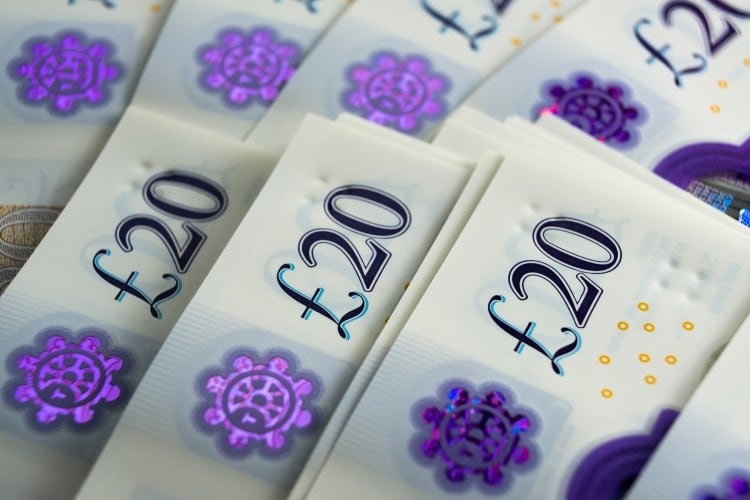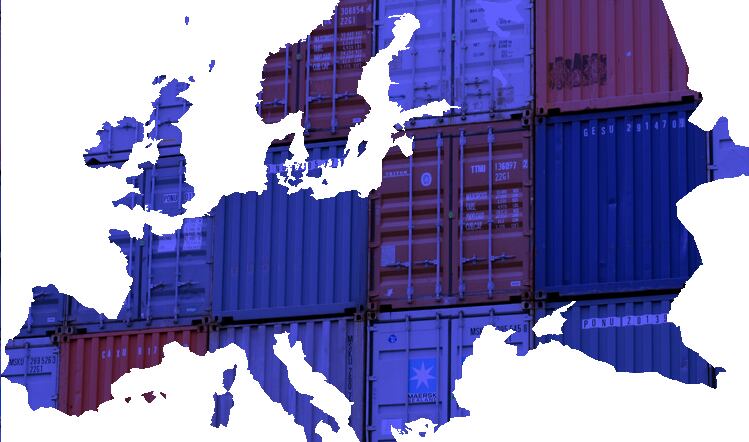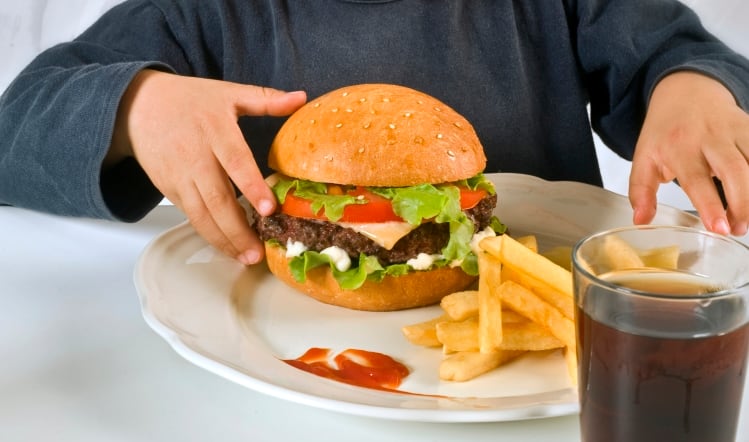Olive oil remained at the top of the charts with the highest rise in prices on the year at 49.2%. The largest upward effect came from bread and cereals, with prices rising 19.4%.
While current figures sit at record highs, producer price developments suggest that input costs are approaching peak inflation.
Inflation faced by manufacturers for UK-sourced ingredients slowed to 15.1% (down from 15.2% in February) and for imported ingredients to 29.1% (down from 30.6% in February). Goods leaving manufacturers’ facilities – output gate prices, saw inflation ease, falling to 15.5% (down from 16.1% in February).
‘Nearing its peak’
“With producer prices a lead indicator for consumer prices, this means food and drink inflation is likely nearing its peak as well,” explained Food and Drink Federation (FDF) lead economist Dr Liliana Danila. “Indeed, we think food and drink inflation will begin to slow in the next couple of months, although our modelling suggests it will remain in double-digit territory throughout 2023.
However, not all pressures have started to ease, with manufacturers still struggling with severe labour shortages. Meanwhile, three years of unrelenting pressures – from Brexit to COVID-19 and everything in between – has eroded food firms’ ability to cope with price shocks.
To limit the scale of consumer price increases, the industry tackled cost pressures in a variety of ways – from changing procurement strategies and becoming more energy efficient to pausing or cancelling investment projects.
Absorbing costs
But the extent and scope of cost rises has meant that a large share had to be absorbed – over the year to February, on average, 72% of food and drink manufacturers absorbed a share of rising costs, compared with 56% of all UK businesses. More recently that figure rose to 82%.
“This is having an impact on business margins and the resilience of our sector,” said FDF chief executive Karen Betts. “A drop in investment is flowing from this and points to a worrying economic trend.
“A competitive food and drink sector can help drive down inflation and power the UK’s economic recovery from a difficult period – but to do this, a renewed and ambitious partnership with Government on how we tackle skills and labour shortages, and how smart regulation can improve our sector’s ability to put more recycled materials into new packaging without inflating costs to consumers, will be critical.”





